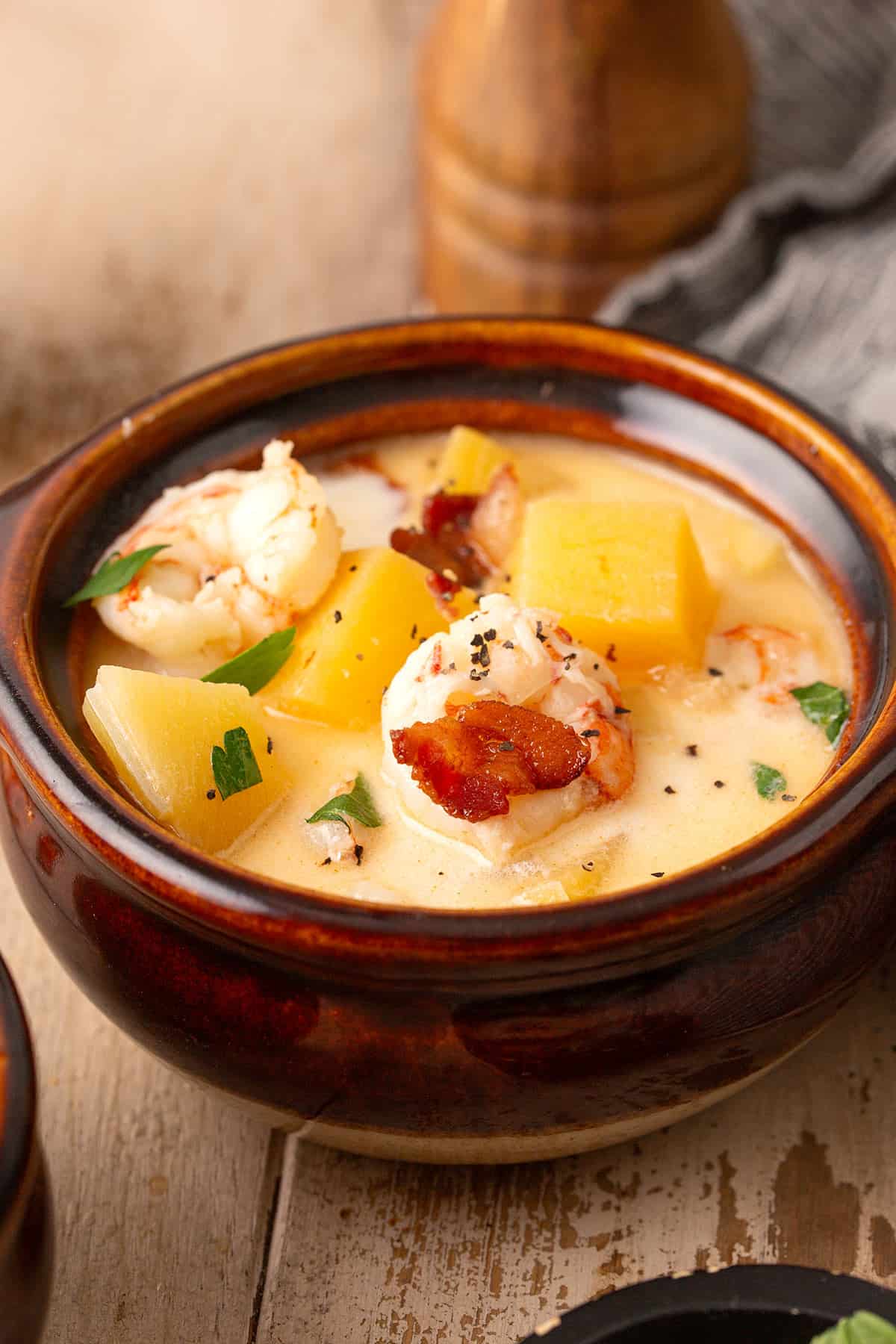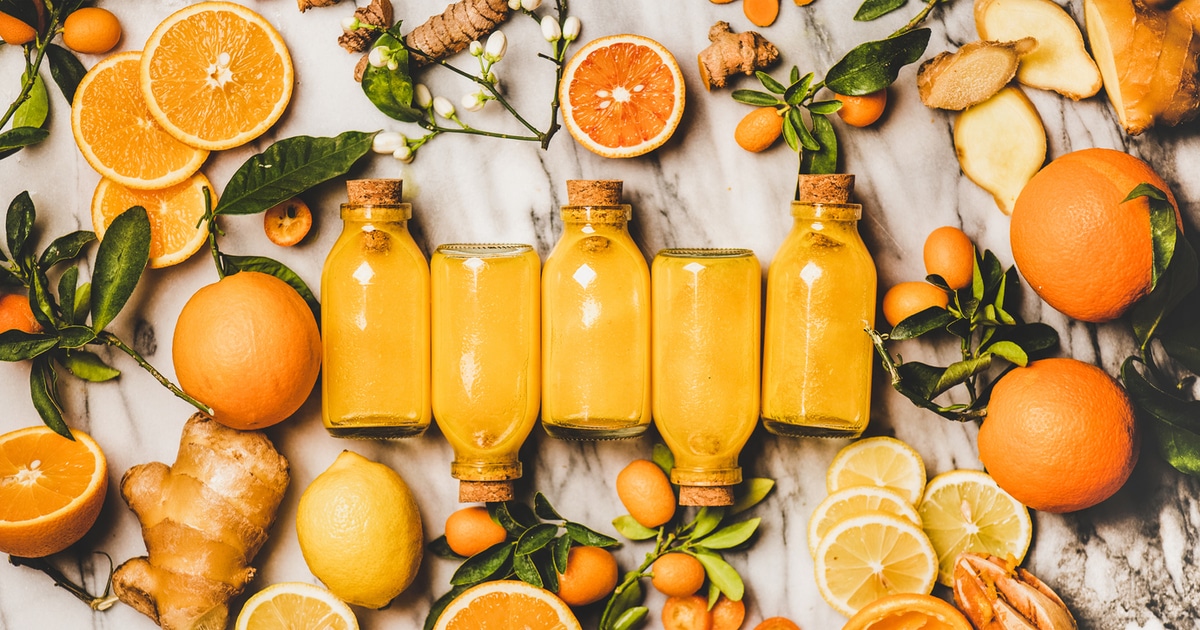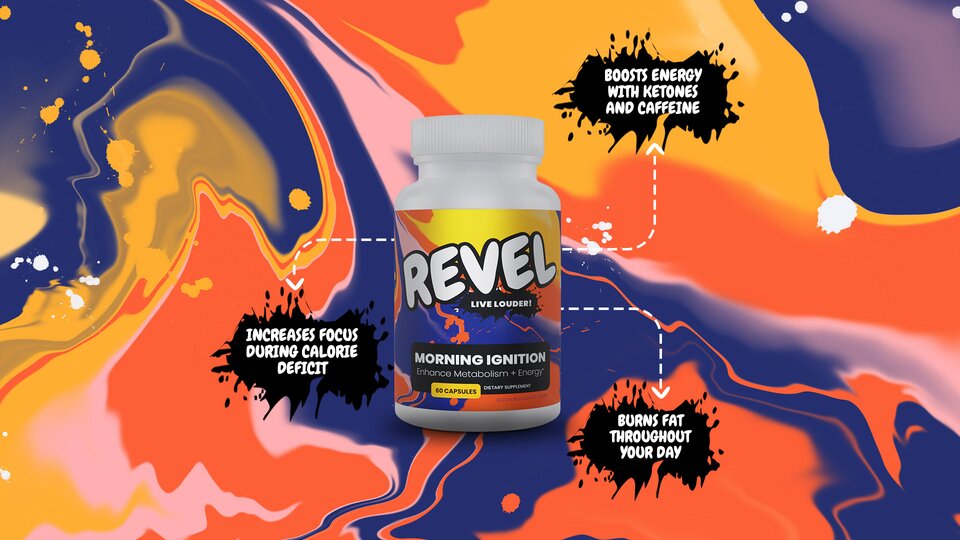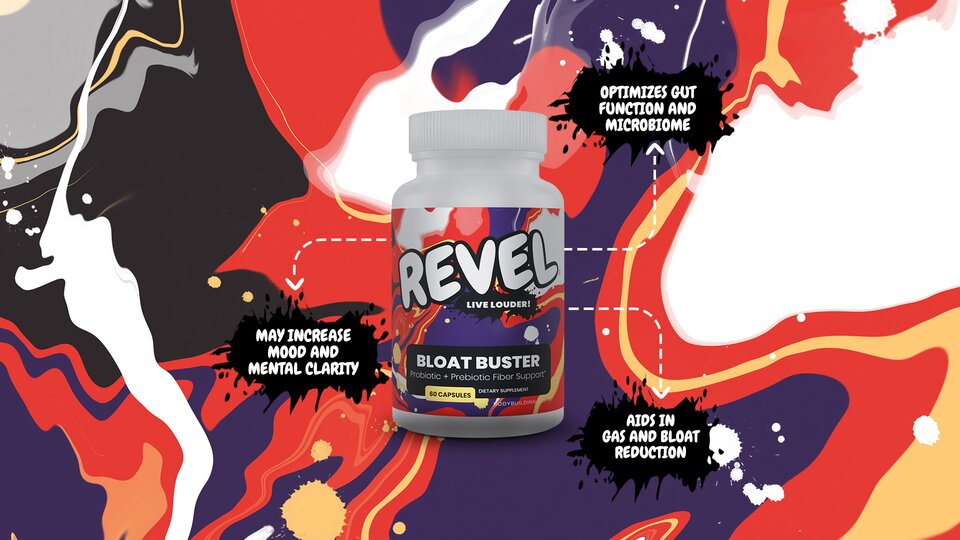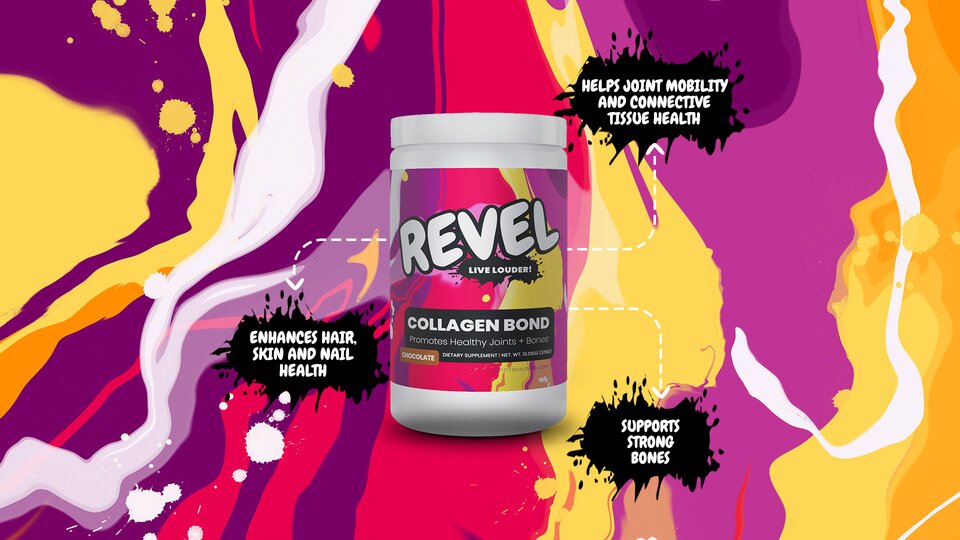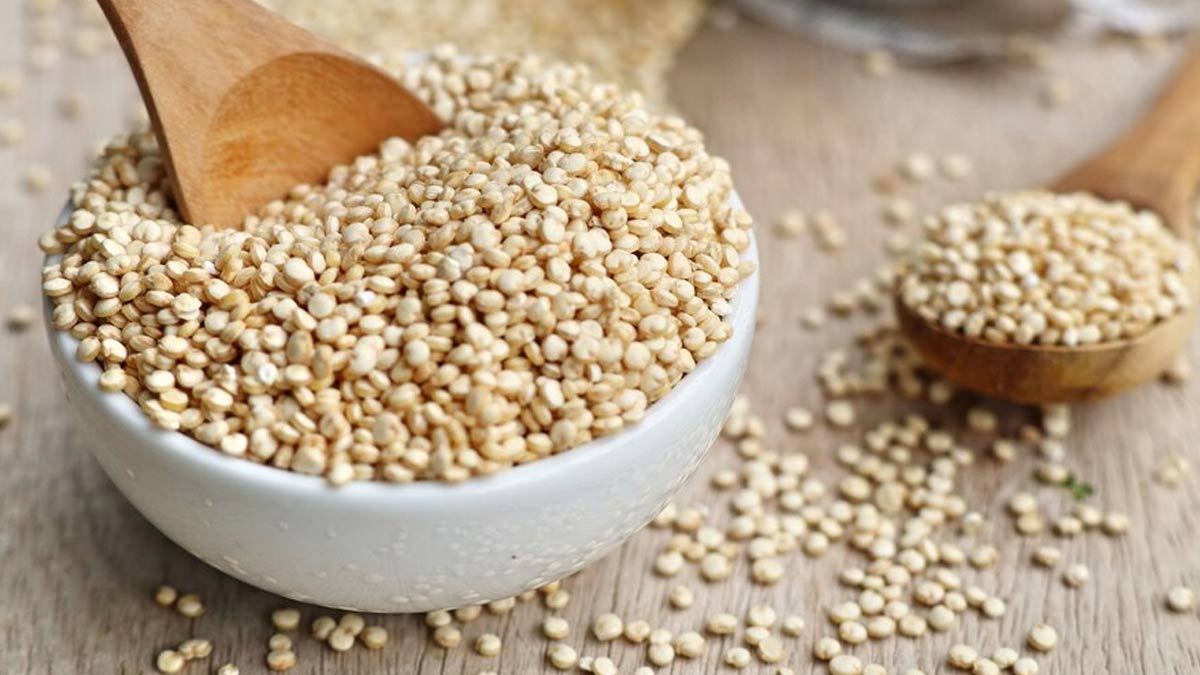
Let me start with full disclosure: I am no expert on Sicilian wine. Wine professionals who are more experienced than me can speak to Sicily’s indigenous varietals, and that incredible black soil in the vineyards of Mt Etna, and the lava rock outcroppings that randomly (and with a sense of I-was-here-first authority) interrupt the methodical patterns of row after row of vines.
But here are five things that I do know, that have inspired me to tease out the variables accounting for the mojo moment that Sicilian wine and Etna wine in particular is experiencing — and enjoying — right now. Is the wine itself worth the hype? Judge for yourself. In the meantime, consider these five variables of the mojo behind the hype.
Years-Long Bet on Sicily
Several years ago I led a research project into future opportunities for Italian wine production and sales in the US, with a team comprised of American and Italian industry professionals with deep experience in their respective markets. The Italian contingent, bar none, were ready to place their bets on Sicily as the country’s most promising region moving forward. The roots of the momentum for Sicily right now were present and planted years ago.
ETNA, SICILY, ITALY – SEPTEMBER 22: Nerello Mascalese grapes flourish in a vineyard on the northern … [+]
Land Prices at 10x
Earlier this week, a new article by Lucy Shaw in The Drinks Business indicated that land prices on Etna are ten times higher than land in the rest of Sicily. Who owns this real estate? In some cases it’s the smaller, legacy brands who are now optimally positioned to capitalize on Etna’s popularity. In other cases it’s the big-name brands, from other parts of Italy and elsewhere, who are looking for their piece of the action.
Ageability of Etna Wines
Last weekend at the Taormina Gourmet festival, on the northeastern coast of Sicily, I led a master class about Etna wines for an audience of enthusiastic consumers. We tasted two verticals (red and white) from Palmento Costanzo in Contrada Santo Spirito, on the northern slops of the volcano. The star performers in the lineup, for the audience and myself, were the older vintages: 2016 for the red and 2019 for the white.
It was a result that pointed toward an aging potential for the wines that was, for the most part, less appreciated or understood previously. Earlier that week I enjoyed a similar experience — of preferring the older vintages over the younger, that is — with Feudo Maccari, where my personal tastes leaned toward the oldest vintages on the table of that brand’s iconic Saia label.
Labor Demand and Supply
Earlier last week I also learned of Feudo Maccari’s investment in their workforce, which is increasingly comprised of workers from, among other places, sub-Saharan countries including Ghana and Burkina Faso. Italy and Sicily, like so many European wine producing regions, face the challenge of a depleted workforce relative to more robust labor availability in years past. Feudo Maccari’s labor pipeline, now, is being fed by people whose country of origin boasts an agricultural industry that’s more likely to cultivate cocoa than grapes.
Nonetheless, managers and agronomists like Enrico Bigiarini at Feudo Maccari find opportunities to draw parallels like maturation levels and ideal times or dates for harvesting. Bigiarini sees positive results in terms of their retention of workers: the great wines of the world are always great, he says, partly because of the consistency of the same crew working the same land year after year and in some cases for decades. That’s becoming more and more rare, though Maccari’s efforts offer a contemporary twist on a solution.
The White Lotus Halo
It’s difficult to miss the non-Italian language conversations underway in airports, hallways, restaurants and sidewalks in Sicily, particularly among tourists from the US, China and Australia. The impact (both pro and con) of popular culture is debatable, not least of which is the success of the dark-comedy HBO series called White Lotus that was filmed in Palermo and Noto, two of Sicily’s most photogenic locales. It’s hard to miss the high density of selfies taken at locations that are iconic to the narrative of the White Lotus series.
At the moment, wine from Sicily is strutting its mojo. Like any good narrative, there’s more to the plot than meets the eye. Or, in this case, the wine in the glass.

